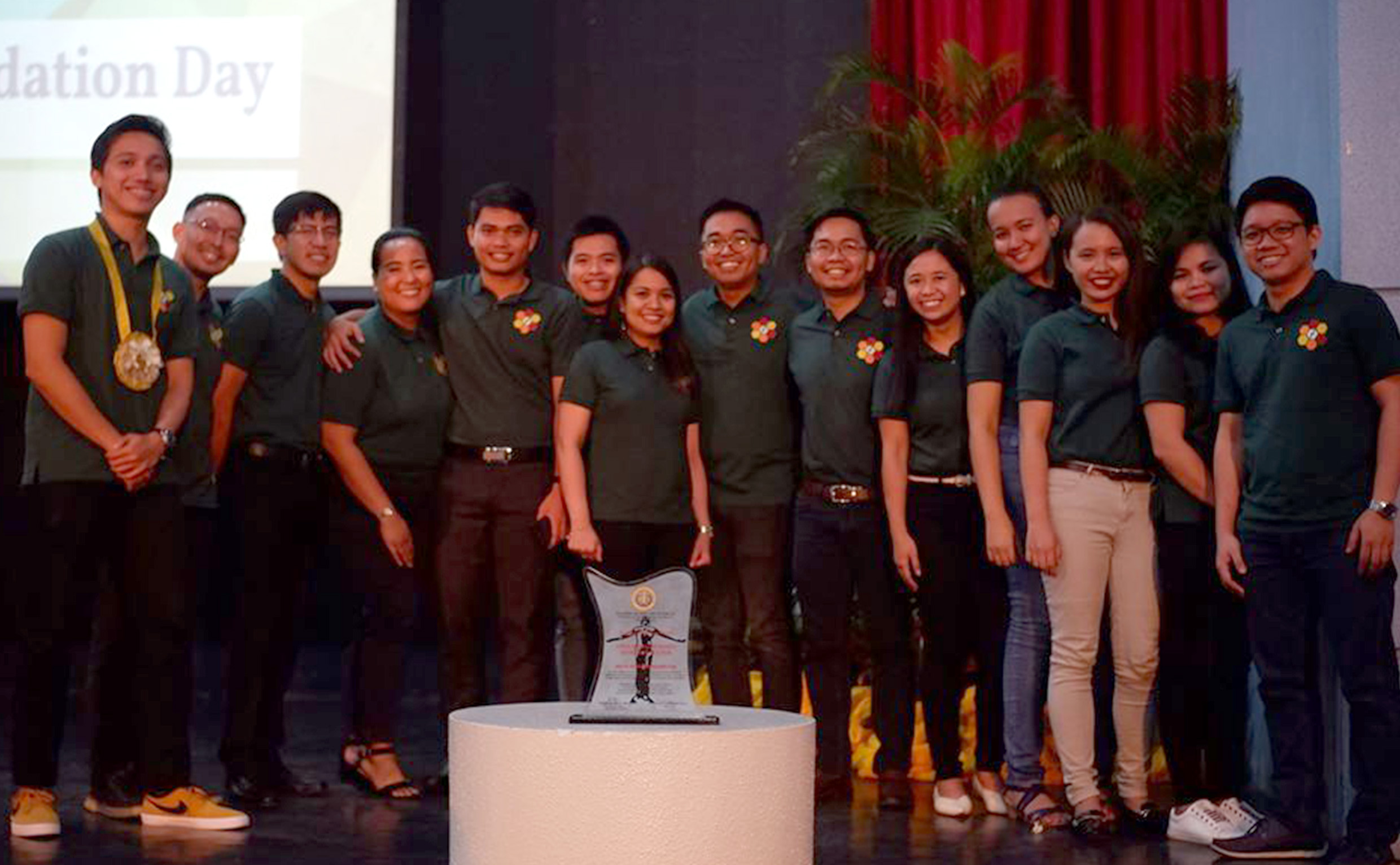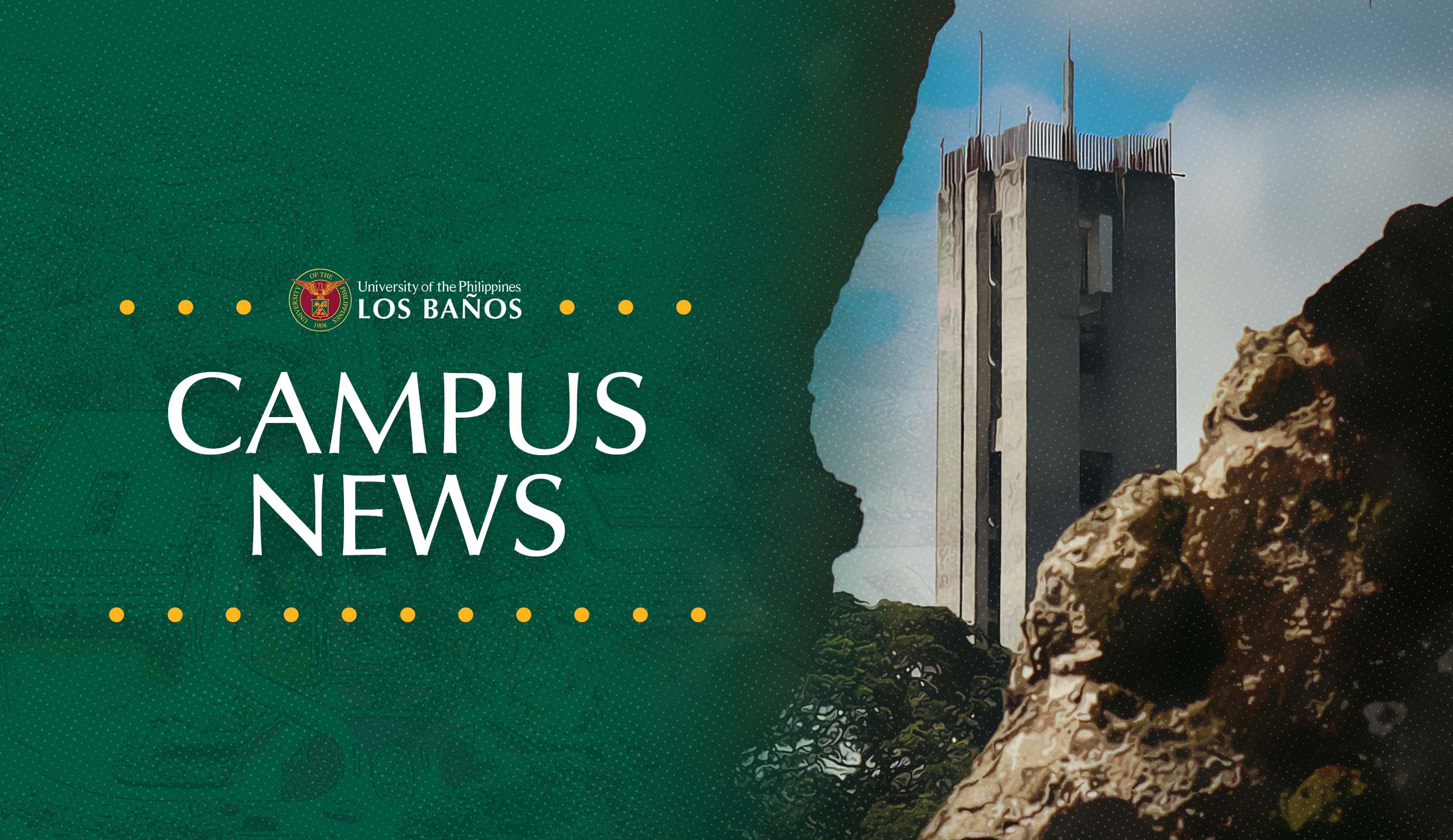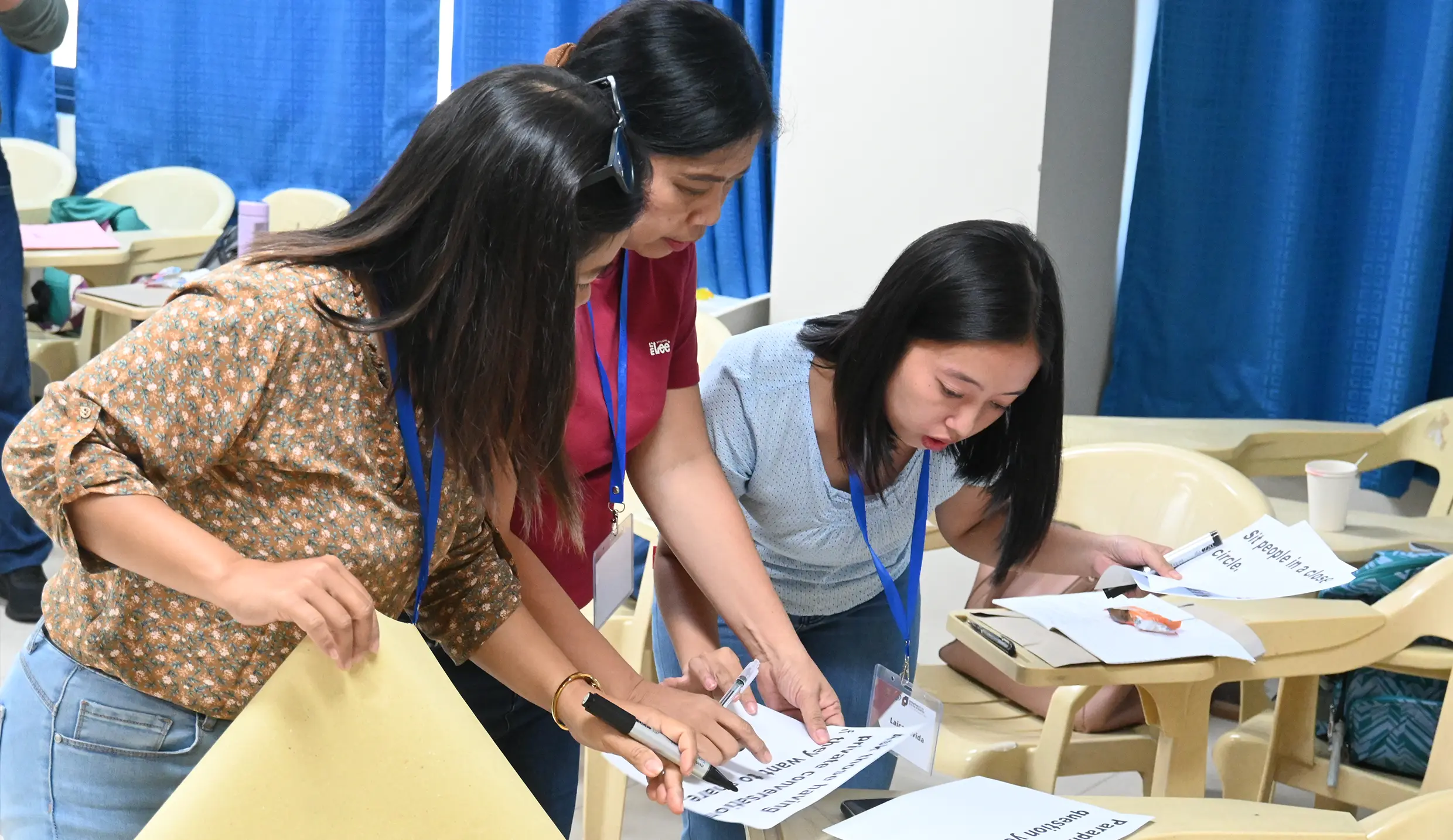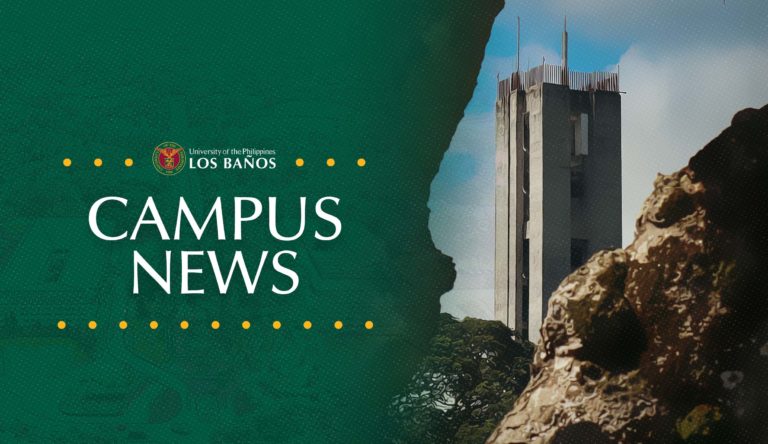
Data is said to be the new oil.
If geologists are to oil, it is mathematicians (and statisticians) who know good quality data when they see one, and are able to refine and process them into useful information.
These could provide guidance and ensure good decisions and smooth functionality for various sectors such as the government and the private sector.
At UPLB, more than 20 biomathematicians and their partner researchers from allied disciplines, are carefully producing such useful information as members of the UPLB Biomathematics Research Cluster (Biomath) of the Institute of Mathematical Sciences and Physics (IMSP).
UPLB Biomath’s reason for being, when it was created ten years ago to understand biological phenomena using the language of math and to solve emerging problems in biology and related fields through quantitative analysis, has become even more evident and urgent to us today as we try to find our way through the COVID-19 pandemic.
“We formulate mathematical models and studies that inform the public of the disease dynamics, and help policy makers in their decisions, actions, and responses in fighting the virus and in adjusting to the new normal,” said Christian Alvin Buhat, UPLB Biomath head and an assistant professor at IMSP’s Mathematics Division.
Their scientifically formulated models and simulation studies serve as guide for possible scenarios, such as the extent of disease transmission and its worst case scenarios in the absence of interventions, during the pandemic.
Even before the declaration of enhanced community quarantine (ECQ) in Luzon due to COVID-19 in March, UPLB Biomath’s founding head Dr. Jomar Rabajante, a professor at Mathematics Division, had been talking about the use of mathematical models to control the spread of the disease.
The first time was through a social media post that aimed to provide guidance in the holding of a big event in UPLB.
He presented his study in a seminar at the School of Environmental Science and Management (SESAM) in February and has published this in SESAM’s Journal of Environmental Science and Management.
Since the ECQ period, news agencies such as Rappler, CNN Philippines, and GMA Public Affairs have interviewed Dr. Rabajante to share various COVID-19 models to a wider audience.
In April, UPLB Biomath released to the public the initial estimates and projections of COVID-19 cases in the whole country, which detailed the possible number of infected individuals, deaths, and needed hospital beds and intensive care units for each province as the pandemic progresses.
The team also maintains two depositories of COVID-19 data: the Philippine COVID-19 Data Dashboard and the Laguna COVID-19 Dashboard. These are updated using data from the Department of Health.
Together with the entire UPLB Applied Mathematics Research Cluster, UPLB Biomath developed the Job Risk Calculator and Workplace Outbreak Simulator, which allow individuals to compute the risk of COVID-19 infection in their job and at their workplace, respectively.
Members of the UPLB Biomath have also posted studies that present mathematical models on COVID-19 transmission between frontliners and the general public and inside mass transportation systems, and the optimal allocation of testing kits in the country on medRxiv, an online preprint server for health sciences.
An earlier preprint of the mathematical model on infection risk among health workers has since been accepted for publication in the Network Modeling Analysis in Health Informatics and Bioinformatics of Spring, a leading global scientific portfolio based in Switzerland.
A number of UPLB Biomath’s outputs have been integrated in the policy notes and papers of the UP COVID-19 Pandemic Response Team, where most of the UPLB Biomath members are also part of. The UP team’s resources have been useful to the national government.
Indeed, the accelerated transmission of the pandemic has made the members of UPLB Biomath even busier, while still continuing their earlier commitments in non-COVID-19 fields such as bee research, agricultural modeling, cancer modeling, and bioeconomics modeling.
“We still work on our [non-COVID-19] research studies, but there is an utmost priority for COVID-19-related studies to be finished and to be released in public as soon as we can, so that information can be of use immediately,” Buhat said.
This tradition of productivity made them win the 2019 College of Arts and Sciences Outstanding Research Team award.
Buhat said that collaboration with other disciplines and team work among mathematicians help them handle their urgent tasks recently.
“Our studies aren’t done based solely on our knowledge in mathematical models, but with the input of experts from other disciplines,” Buhat explained.
“We work through performing our assigned roles. Normally, we have our senior experts who lead the team, then we have the junior members who are assigned different roles to perform, and together, we produce satisfying results,” he continued.
Buhat also emphasized that they check their data, incorporate error analysis, and consider different case scenarios to ensure the accuracy and reliability of their models and simulations. “All must be done not just correctly, but precisely and carefully so as not to misinform the public,” he stressed.
If data is the new oil, then it is high time for government and the private sector to work with biomathematicians so that they could use data in policy- and decision-making and help drive economic development in this day and age. (Mark Jayson E. Gloria)








